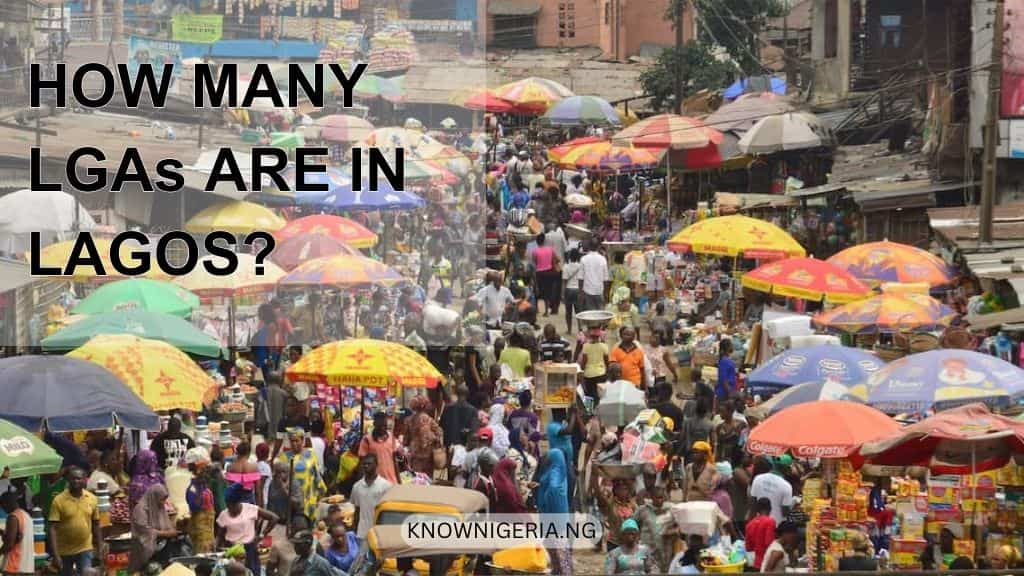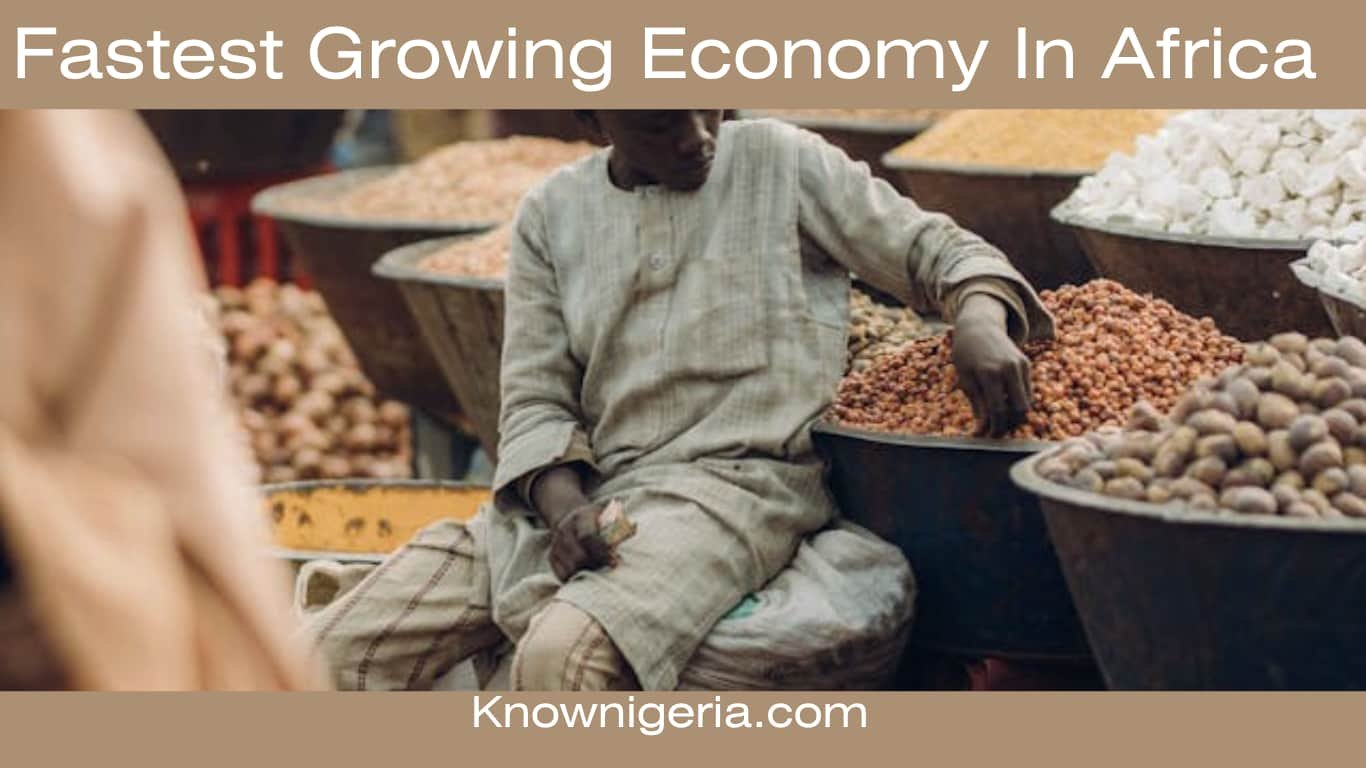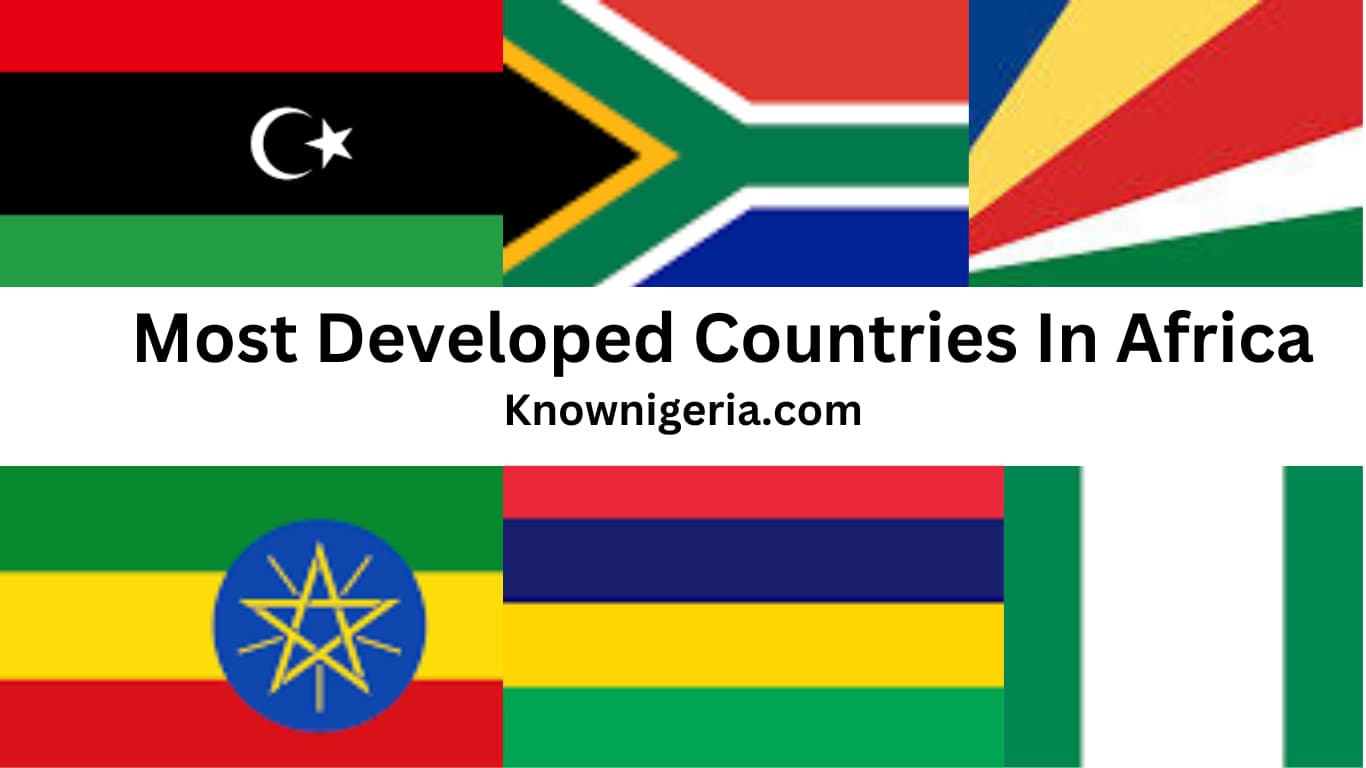Lagos is the tiniest state in Nigeria by land area and is also, interestingly, the most populous state in Nigeria. That puts it in a very precarious situation: on the one hand, many observers think it should only have a few local governments due to its tiny size, but on the other hand, its large population makes it seem deserving of several LGAs.
The state itself seems to balance both of these approaches. On paper, Lagos has 20 LGAs, which is fairly standard for a Nigerian state, but then it has something called Local Council Development Areas, which is a unique kind of unit that divides Lagos into 37 administrative entities.
Since this article is about the local government in Lagos State, we won’t be looking at the LCDAs extensively, but we won’t be ignoring them completely either. With that out of the way, let’s look at why Nigerian states have LGAs before analyzing the 20 local governments in Lagos State.
Table of Contents
Why Local Governments are Created in Nigerian States
The local government is a tier of government in Nigeria created specifically to bring the government closer to the people. Like the federal and state tiers of government, they have their unique duties and rights that make them distinct from the other two tiers of governance.
Apart from their primary function of bringing the government closer to the people, local governments are tasked with improving the quality of life of the people in a community by establishing community healthcare centers, recreational areas, and social activities.
The local government is also responsible for collecting levies and fees from service providers in the informal sector like road transport workers and shop owners.
In Nigeria, local governments are tasked with the maintenance and proliferation of waste disposal facilities, roads for local transport, schools for primary education, and public health facilities for the provision of better health services to community members.
Why LCDAs are Created in Lagos State
From the preceding section, it’s abundantly clear that the average Nigerian local government has a lot on its hands already, especially when they have a huge population. Talking about population, Lagos has the highest in Nigeria, and it only seems to be growing by the day.
Dividing Lagos’s estimated 20 million people into 20 local governments amounts to an average population of 1 million people per local government, which is weirdly similar to the average population of a small Nigerian state. However, the local government in Lagos State isn’t created equally; some contain over 2 million people!
Providing primary health care facilities, primary schools, and roads for 2 million people doesn’t sound like the manifesto of a local government chairman; some state governments don’t even have half of that responsibility.
Recognizing this problem, the Lagos State government created Local Council Development Areas (LCDAs) for a more realistic division that factors in Lagos’s absurdly large population. With the LCDA arrangement, there are now 37 administrative units in Lagos, instead of the regular 20.
37 LCDAs bring the average number of people in each unit to 540,000, which is large, but still reasonable for something under the control of a ‘chairman.’
With that said, this article won’t be going deep into the topic of LCDAs in Lagos, as it’s about the local government in Lagos state. With that said, let’s jump into the compilation.
List of Local Government in Lagos State
Here are the 20 local governments in Lagos state in no particular order:
1. Alimosho
Alimosho is often argued to be the most populous LGA in Lagos with around 3 million people, but most of the claims are simply projections and estimates. It has now been divided into six LCDAs, with each having its own chairman. Established back in 1945, it’s not only the most populous local government in Lagos State but also the noisiest.
2. Ajeromi-Ifelodun
Ajeromi-Ifelodun is also a very populous local government, with a population of around 50,000 to 100,000 per square kilometer, one of the densest in the world. It’s one of Lagos’s most populous LGAs, and consequently one of the noisiest.
3. Kosofe
Created back in 1996, Kosofe houses some of the most popular settlements in Lagos, including places like Ikosi, Mile 12, and Ketu. Since it’s home to both the Lagos-Ibadan Expressway and the Third Mainland Bridge, it wouldn’t be an overstatement to describe it as the most connected local government in Lagos State.
4. Mushin
Mushin is one of the several local governments in Lagos state housing mostly low-income persons, making it a relatively unsanitary and highly congested area. While Mushin benefitted largely from industrialization after Nigeria’s independence, its high and relatively uneducated population made it a low-quality place to live.
5. Oshodi-Isolo
Oshodi-Isolo was established during the administration of Late Chief Jakande and has since grown to house over 1 million people, making it one of the most populous LGAs in the state. The LGA is part of the state’s Ikeja Division and is divided into eleven political wards.
6. Ojo
Hosting the Lagos State University and the Alaba International Market, Ojo is one of the busiest local governments in Lagos State, containing nearly 1 million people. It’s mostly made up of residential areas, although it can boast of a few infrastructural landmarks, including the Lagos International Trade Fair Complex and the Nigerian Navy Town.
7. Ikorodu
Ikorodu is often said to be the largest local government in Lagos State, with some observers preferring to go with Alimosho instead. Due to its large population, Ikorodu was split into six local council development areas, like most other LGAs of a similar size. Apart from its many industries, Ikorodu also has several tourist centers that visitors can visit during their leisure.
8. Surulere
Surulere is a mostly residential LGA in Lagos that hosted Festac ’77, the insanely popular Festival of Arts and Culture of 1977. It’s home to the ‘Ojuelegba’ settlement that inspired Wizkid’s song of the same name several years ago and houses the Lagos National Stadium and the National Arts Theater. No doubt, Surulere is one of the most important local governments in Lagos State.
9. Agege
Agege is a residential and commercial local government that’s most famous for its unique ‘Agege Bread,’ a phrase popularly used to refer to a kind of unbranded unsliced bread popular in the area. Agriculture is the most popular profession in the Agege, with residents historically known for their massive cocoa and kola nut plantations.
10. Ifako-Ijaiye
Ifako-Ijaiye was created by General Sani Abacha in 1996 out of the old Agege local government in Lagos State, and it has since remained one of the unremarkable LGAs in the state. The LGA has an average population of 633,000 and is mostly inhabited by Yoruba speakers, inspiring its Yoruboid name.
11. Somolu
Somolu, like Mushin, is one of the poorly managed local governments in Lagos plagued by population explosion, poor sanitation, and youth crime. The local government is known for its numerous printing firms, with noises of printers and generators running them polluting every other corner of the local government. It’s sadly also one of the headquarters for ‘Agberos’ (area boys) in Lagos, leading to a high crime rate and a relatively low quality of life in the area.
12. Amuwo-Odofin
Amuwo-Odofin is also one of the most populous LGAs in Lagos, and it has since been divided into seven LCDAs to contain its massive population. This LGA falls into the Badagry division of Lagos and is a flood-prone area due to its proximity to water bodies and low terrain.
13. Lagos Mainland
Lagos Mainland falls into the Lagos Division of the state and is one of the most recognizable local governments in Lagos State to date. With it housing the University of Lagos (UNILAG) and Yaba College of Technology (Yabatech), it’s not a stretch to describe it as the education nerve center of Lagos.
14. Ikeja
Ikeja is the capital city of Lagos and consequently one of the best places to live in the state. Like Abuja, it’s a planned city that houses the Murtala Muhammed International Airport and the Ikeja City Mall. With a surprisingly reasonable population density and a relatively sanitary living environment, Ikeja is one of the best local governments in Lagos State to live in, and it also hosts the state government.
15. Eti-Osa
Eti-Osa is one of the most economically essential LGAs in Lagos State, housing critical areas including the world-famous Victoria Island. With a population of just over 400,000 people, it’s one of the least populated local governments in Lagos State, also making it one of the best places to live in the state. While it doesn’t have many industries, it houses most of the wealthiest people in Lagos out of government, making it an important local government in Lagos State.
16. Badagry
Badagry is one of Lagos’s commercial nerve centers, thanks to its proximity to the Porto Novo Creek. It’s one of the oldest LGAs in Lagos, as it’s as old as the city itself. It’s home to the first-story building in Nigeria, the Agia Tree, and The Point of No Return. With a population of just over 350,000, it’s one of the best places to live in Lagos.
17. Apapa
Apapa borders Lagos Island to the west, and this position makes it a hub for ports and terminals. The major Lagos State port and the FG-owned Lagos Port Complex are both in Apapa. In addition to those, it’s home to some major Nigerian companies, including Bua Group and Thisday newspapers.
18. Lagos Island
Lagos Island, also known as Isale Eko by locals, is seen as the principal local government in Lagos State. It served as the capital of Lagos before it eventually moved to Ikeja in 1957. The island hosts the headquarters of virtually every big Nigerian bank, and it’s also a popular hub for industry and medium-sized businesses. It’s not very residential, but it’s one of the best places to live in Lagos.
19. Epe
A predominantly Muslim local government in Lagos State, Epe is popular for its rich cultural history and notable cultural festivals, despite its relatively insignificant economic importance to Lagos. Thanks to its cultural significance, it houses many notable Nigerian tourist centers, including the Lekki Free Trade Zone Complex.
20. Ibeju-Lekki
The name, Ibeju-Lekki is a blend of the names Ibeju and Lekki, two former standalone cities in Lagos joined to form a new LGA. This LGA houses several developmental, including the Dangote Refinery, a multi-billion-dollar project intended to revive Nigeria’s completely unproductive oil refining industry.
It hosts both the Lekki Deep Seaport and the Lekki International Golf Course and is also the intended destination for the Lekki International Airport. These achievements alone make it clear that Ibeju-Lekki is Lagos’s new nerve center, with some observers already referring to it as the “new Lagos.”
Conclusion
Lagos’s 20 local governments don’t put it among the states with the highest number of local governments, but it has LCDAs to solve that problem. If you’re willing to know about the local government in Lagos State, however, this article is your ultimate guide.
If you like our content, we know you would love our excellent content on our Youtube channel, Tiktok, Facebook, Instagram, and Twitter. Please subscribe and follow us for more Premium Know Nigeria content.










